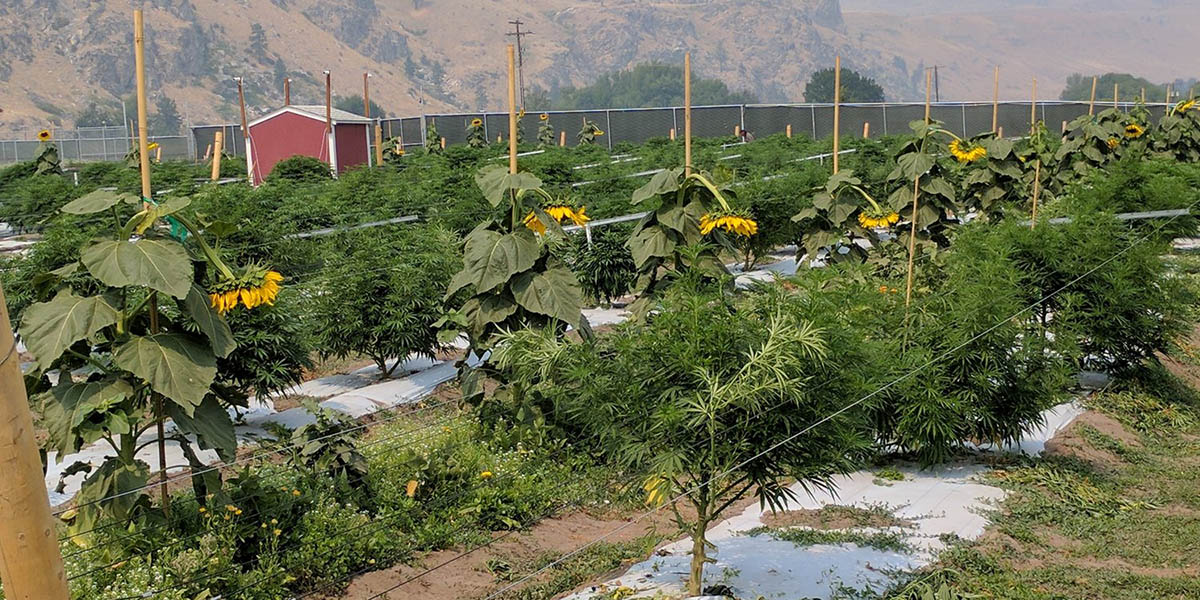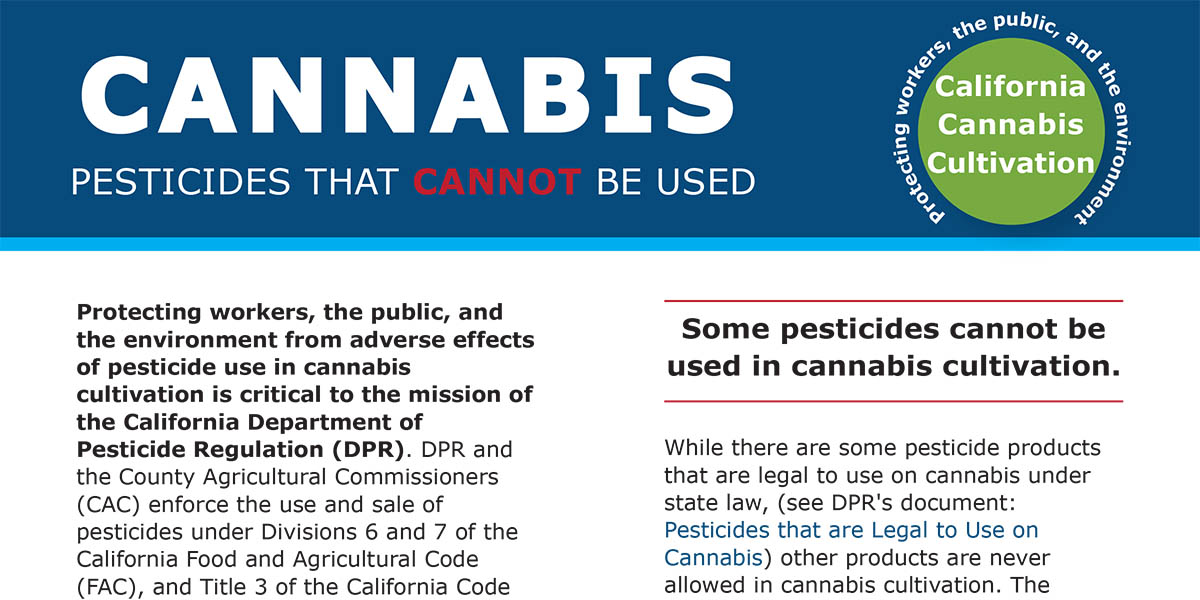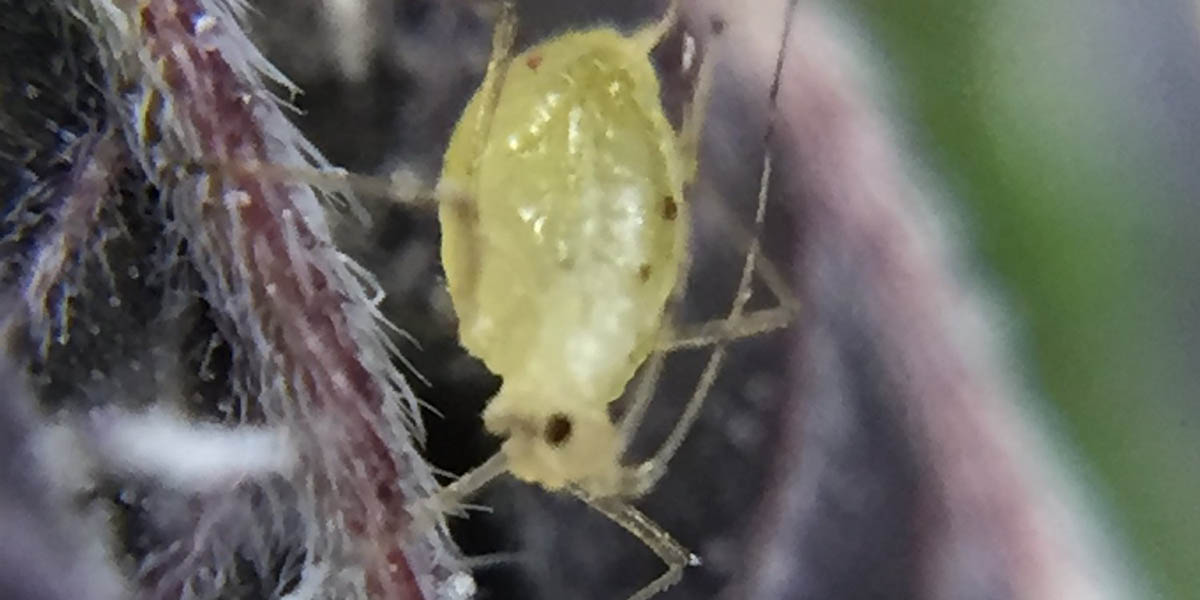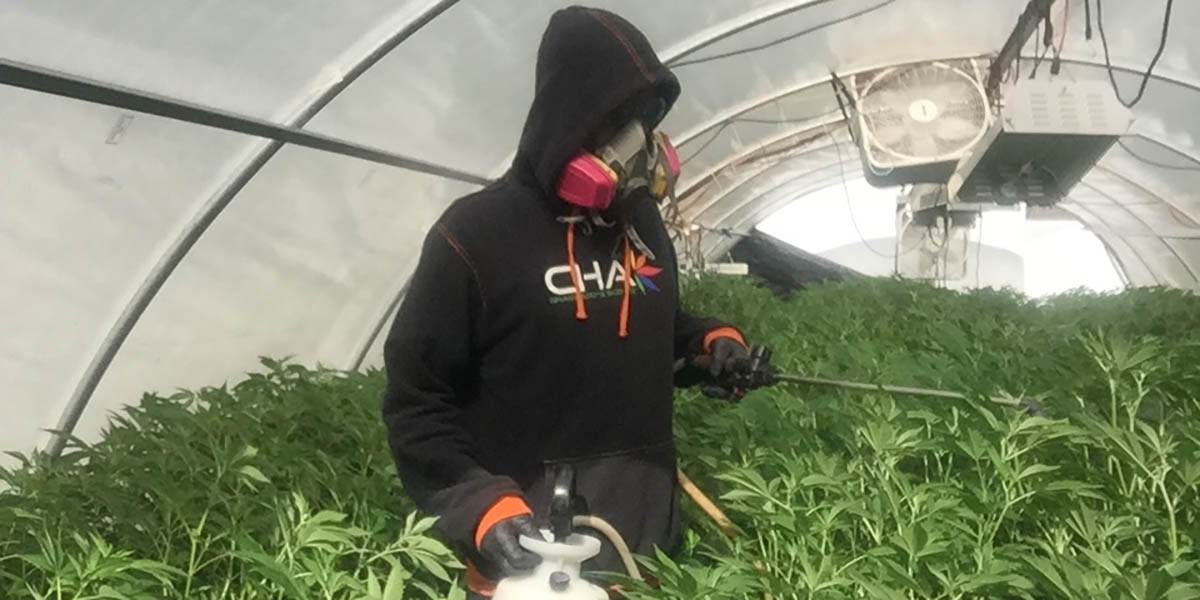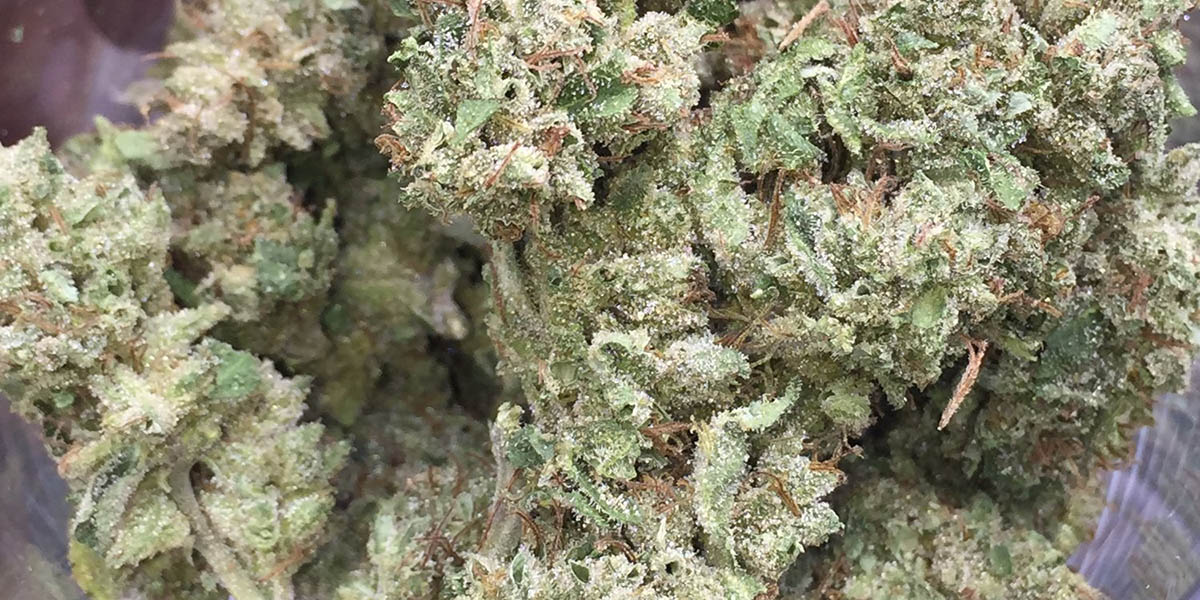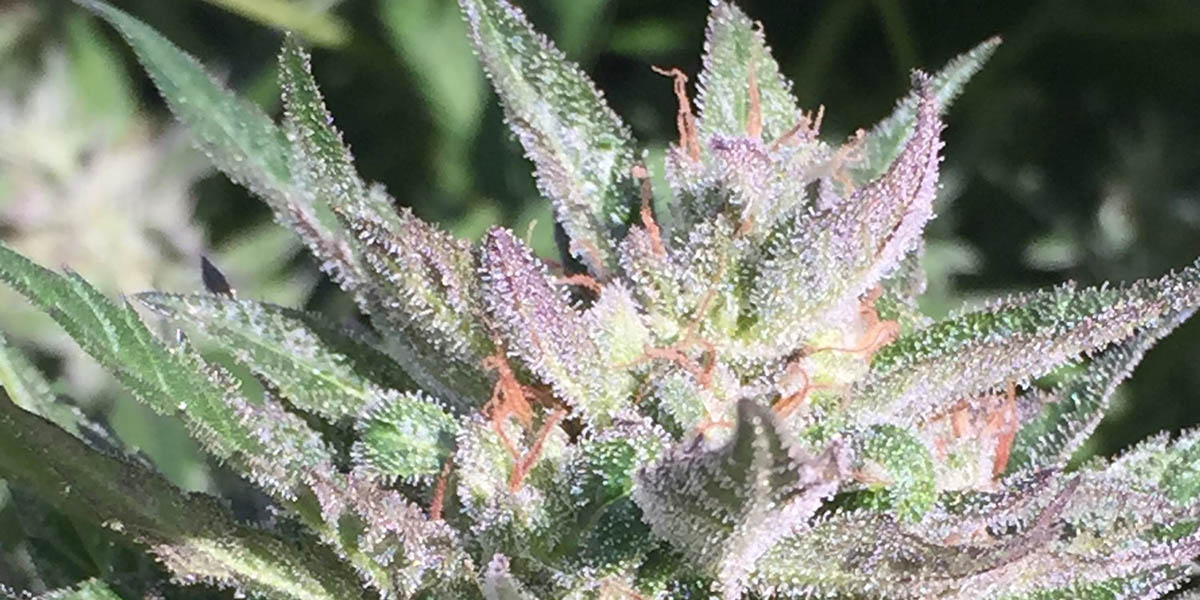Companion Planting with Cannabis
CHA members will now have access to our PowerPoint slides as we move into our workshop series. First up is a 72 slide presentation on companion planting with cannabis. It can be located on the “Companion Planting” members page.
The Companion Planting for Cannabis workshop will go over all the categories of cover crops and highlight their roles in soil biology and plant fertility while addressing certain caveats when utilizing these systems. It will then transition into companion planting to cover a local case study on intercropping with cannabis. Following up with numerous studies on trap cropping and banker plants, showcasing the banker plants capabilities for sustaining beneficial predatory insects. Quite a few regional farms are showcased through their companion planting techniques and interviews with farmers help highlight clear management strategies. The companion planting with cannabis series is sure to share information on how to cut costs through integration of specific medicinal and nutritive plants designed to be optimized for your microclimate!
…Companion Planting with Cannabis Read More »


